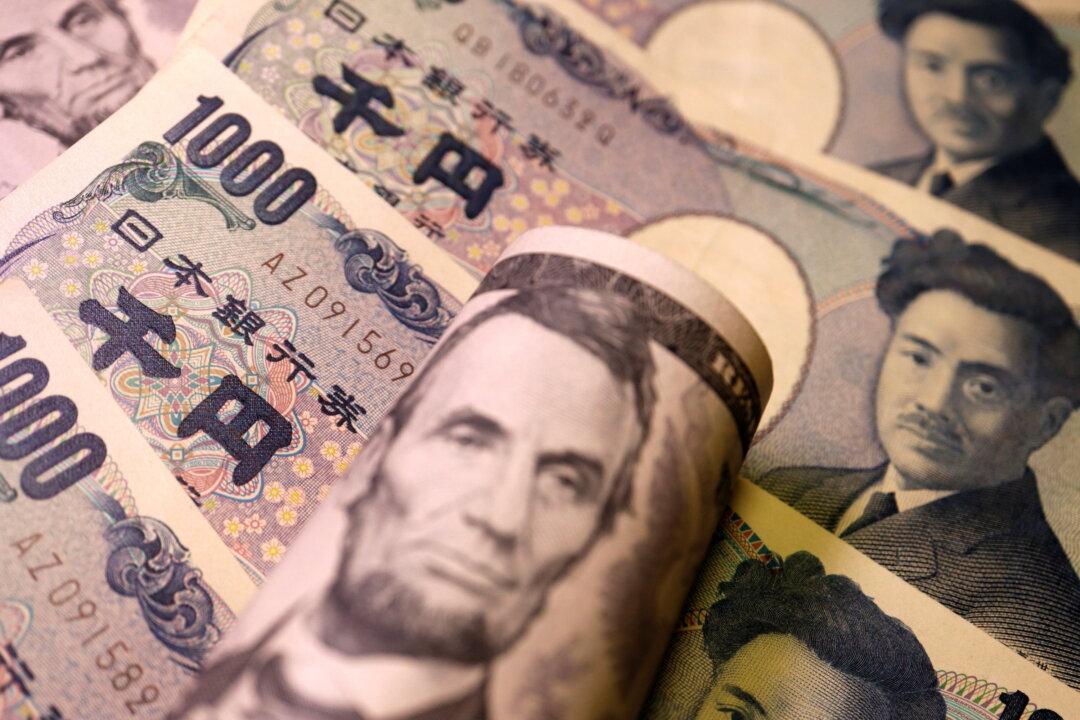LONDON—Sterling rose on Tuesday supported by improved risk sentiment as Rishi Sunak prepared to become Britain’s prime minister, while the euro steadied ahead of an expected rate hike by the European Central Bank (ECB) on Thursday.
The U.S. dollar edged up but was not far from its lowest level in October amid signs Federal Reserve rate hikes are slowing the world’s biggest economy.





